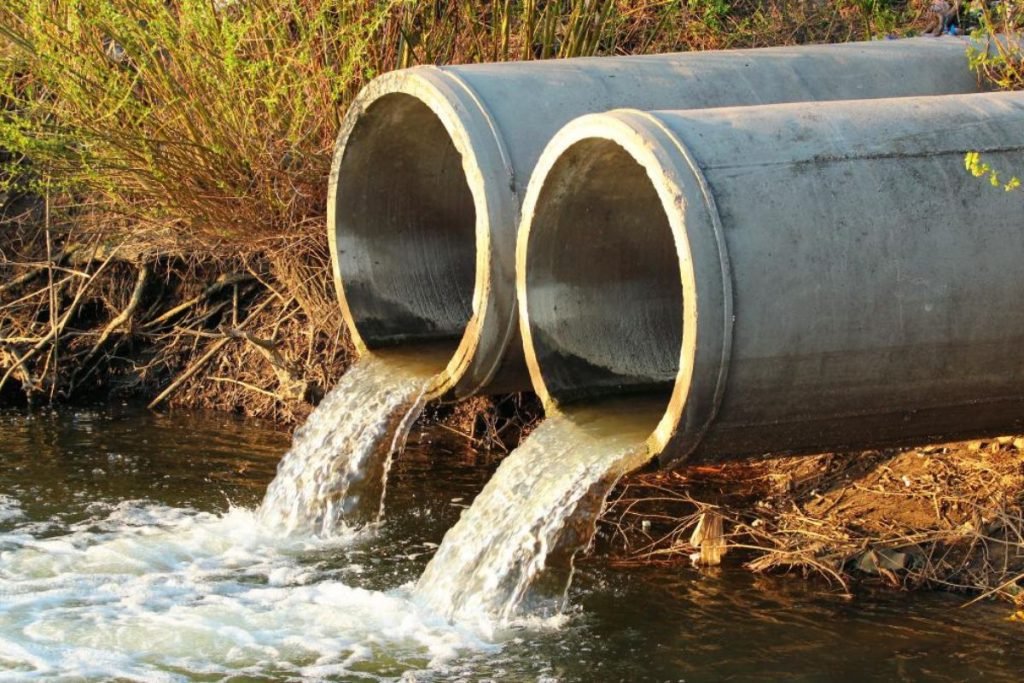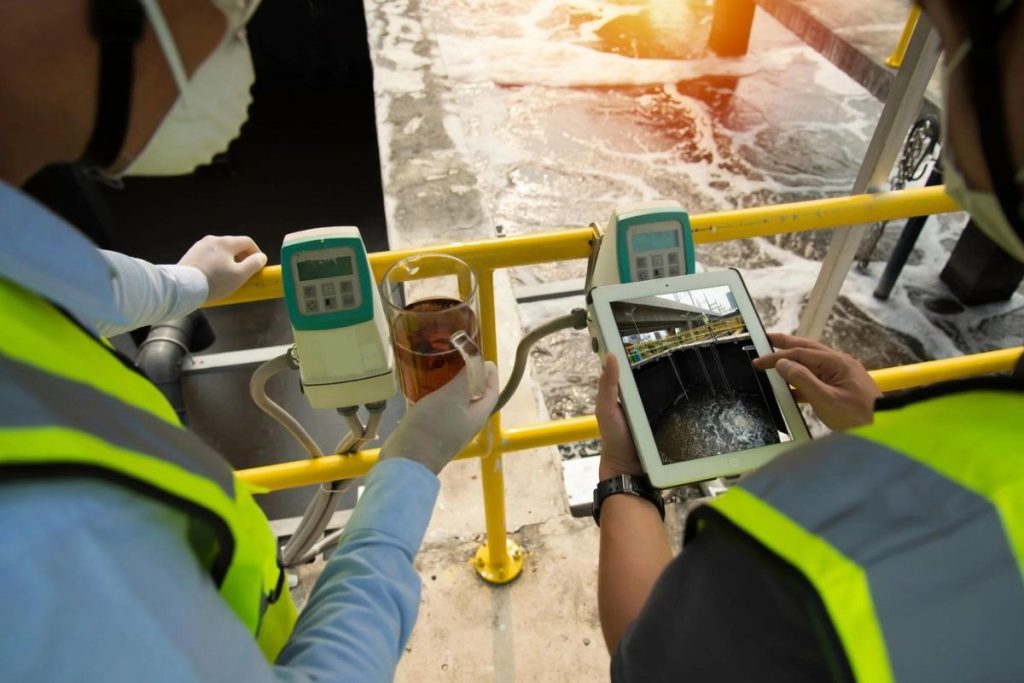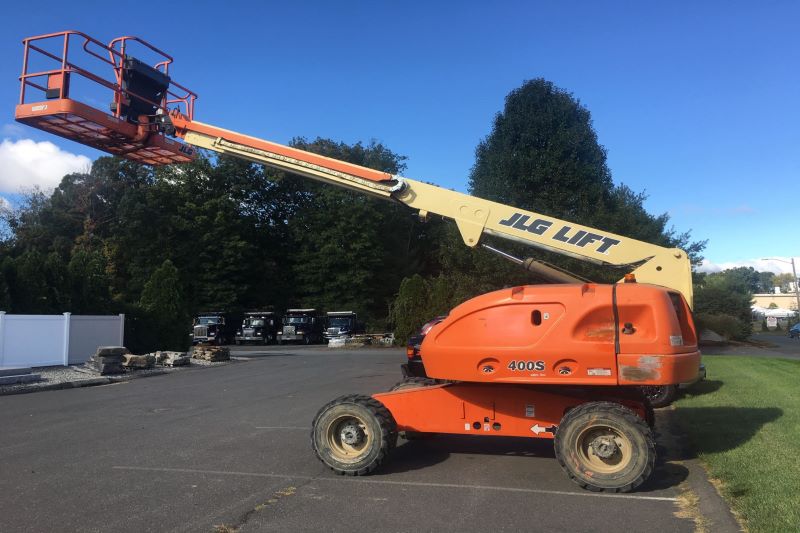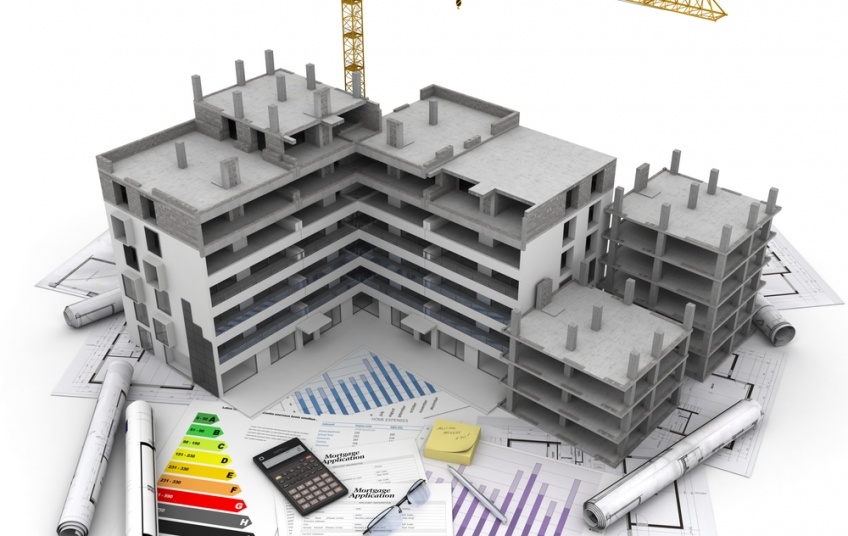Table of Contents
Sewer systems are critical infrastructure, quietly managing a city’s wastewater and maintaining public health and environmental standards. However, inspecting and maintaining these hidden conduits is a complex challenge. Thankfully, cutting-edge camera solutions have transformed how municipalities and service companies monitor, diagnose, and manage sewer systems efficiently and effectively. This article delves into the technological advancements in sewer surveillance, highlighting how these tools not only prevent potential disasters but also save time and resources.
The Role of Advanced Camera Technology in Sewer Inspection
Central to modern sewer inspection is the deployment of sophisticated camera technology. The cctv drain camera, a pivotal tool in this arsenal, provides a live feed from inside the sewer pipes directly to the technician. Equipped with high-resolution video capabilities and maneuverable designs, these cameras navigate sewer lines, revealing blockages, structural issues, and wear that are invisible from the surface. This real-time insight allows for quick assessments and targeted actions, reducing the need for costly, widespread excavation.
Getting to Know the Camera Systems
Sewer cameras come in various forms, each designed to tackle specific challenges within the underground pipelines. Some are mounted on robotic crawlers that can traverse difficult terrain within the pipes, while others are flexible, pushrod cameras used for smaller or more fragile sewer lines. These technologies not only provide clarity about the current state of the sewer system but also feature enhancements like LED lighting, waterproofing, and even laser measurement tools to gauge fractures and corrosion.
Enhancements in Camera Technology: A Closer Look
As technology advances, so does the sophistication of sewer surveillance equipment. Modern sewer cameras incorporate features that extend their utility and increase their effectiveness in preventive maintenance and problem diagnosis.
High-Definition Imaging
Today’s sewer cameras offer high-definition imaging that provides unprecedented clarity and detail. This quality allows for the precise identification of issues such as cracks, root intrusion, and other structural weaknesses in pipes, which can be addressed before they lead to more significant problems.
Maneuverability and Accessibility
Developments in camera design include increased maneuverability, allowing cameras to access and navigate the twists and turns of complex sewer systems. This is particularly important in older cities where sewer layouts can be intricate and unpredictable.
Data Integration and Analysis
Integration of camera technology with software for data analysis marks a significant leap forward. This software can interpret the video feed, identify and catalog defects automatically, and prioritize maintenance tasks based on the severity of the issues detected. This integration significantly speeds up the inspection process and enhances the accuracy of the data collected, enabling smarter, data-driven decision-making.

Practical Applications of Sewer Camera Inspections
The practical benefits of employing advanced camera systems in sewer surveillance are vast, impacting various aspects of municipal management and public service.
Preventive Maintenance
Routine inspections with sewer cameras help cities prevent severe issues by identifying small problems before they escalate into larger, more disruptive, and more expensive situations. This proactive approach is crucial in extending the lifespan of sewer infrastructure and ensuring efficient service.
Emergency Inspections
In the event of sudden sewer failures or backups, portable sewer cameras can be quickly deployed to diagnose issues without the need for immediate, large-scale digging. This rapid response capability is essential for minimizing the impact of sewer malfunctions on communities and the environment.
Environmental Protection
By promptly identifying and addressing leaks and blockages that could lead to sewage overflows, sewer cameras play a crucial role in protecting local waterways and ecosystems from pollution. This is increasingly important in areas facing stringent environmental regulations and public scrutiny.
The Future of Sewer Surveillance
The evolution of sewer inspection technology is leaning towards even more automation and integration. Future advancements may include the use of artificial intelligence to predict failures before they happen, drones for accessing even the most challenging areas, and increased use of remote-operated vehicles.
Integration with Smart City Initiatives
As cities become smarter, sewer surveillance technologies are expected to integrate seamlessly with broader urban management systems. This could mean real-time monitoring of sewer conditions, linked directly to city management centers, facilitating immediate responses to emerging issues.
Enhanced Training and Safety
With the advancement of technology, the need for specialized training in operating sophisticated surveillance equipment grows. This ensures safety standards are maintained and that inspections are carried out with the highest level of expertise and care.
The Clear Benefits of Advanced Sewer Surveillance
Investing in advanced sewer surveillance technology significantly enhances a city’s ability to maintain its sewer infrastructure efficiently and cost-effectively. With the aid of modern camera solutions, municipalities can protect public health, preserve the environment, and plan for future infrastructure needs with greater confidence. As we continue to innovate in this field, the depth and breadth of our understanding and our ability to manage these essential systems will only improve, leading to smarter, more sustainable cities.








